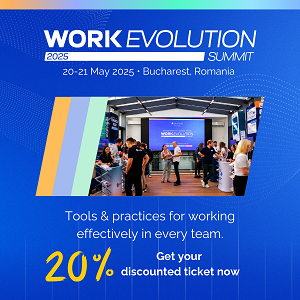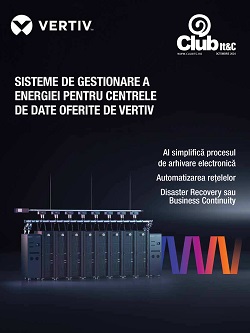Fujitsu is highlighting six action points to help organizations look beyond the immediate workforce response needs demanded by the COVID-19 pandemic in a new Action Agenda.
 These action points set out how to create the capabilities and culture required to react to any foreseeable need. They emphasize the necessity of a long-term strategy for workforce transformation – a move that industry analysts at Gartner say is essential for business success in the digital age.1
These action points set out how to create the capabilities and culture required to react to any foreseeable need. They emphasize the necessity of a long-term strategy for workforce transformation – a move that industry analysts at Gartner say is essential for business success in the digital age.1
Furthermore, research by Imperial College London predicts that social distancing will remain a requirement throughout 2021 to control repeated infection spikes. This reality is already being taken on board by business: Gartner says 74% of companies plan to shift permanently to more remote work.2
As well as highlighting the demands of shifting to remote working, Fujitsu’s Action Agenda recommends that organizations can drive far greater benefits from business transformation programs simply by thinking more strategically about their future workforce.
The six action points are derived by Fujitsu from research undertaken by The Economist Intelligence Unit (EIU) for Fujitsu and Citrix. This explores the extent of workforce change within organizations across eight countries and 20 sectors3 plus the different approaches that firms take to manage it.
A future workforce vision, says Fujitsu, must include measures to enable remote work performance, to reskill the workforce, enhance employee involvement and address the cultural needs of a transformed organization. As well as communicating the clear benefits of transformation to employees, the costs and complexity that inevitably arise must be acknowledged, planned for and mitigated.
Too few businesses have a firm grip on how to re-skill their workforces
Few businesses have a firm grip on how to re-skill their workforces to build a long-term business strategy. The survey’s findings show that many organizations are still not paying sufficient attention to the inevitable evolution of their workforce.
More than one third (35%) of respondents are concerned about the lack of understanding in their organizations about what constitutes the ideal workforce. This highlights a heavier focus on training people to be better at the job they’re doing today, without taking into consideration the skills how to transition the workforce to address the types of work that will be needed in the future.
There is also a surprising lack of attention to employee satisfaction: just 39% of organizations have set out to design or improve employee experience as part of their workplace program. This is a particularly noteworthy omission: There is a growing understanding that the totality of an employee’s involvement with an organization, from recruitment through departure, influences their contribution to its success even more than individual factors. Firms are also paying a price for this blind spot, with 70% reporting increased staff turnover as a direct consequence of transformation, and 28% saying the increase in turnover has been extreme.
Tactical approaches to workforce investment reflect the lack of a strategic approach
The picture of a tactical, rather than strategic approach to workforce transformation possibly reflects a failure of management, since it is leadership’s job to present a vision of the future workforce and to motivate employees to embrace it. One possible reason is the relative disengagement of the most senior management in these programs. Fujitsu’s study shows this to be at its most pronounced in Europe, in comparison to other regions, with the highest number of survey participants reporting that the leadership of transformation programs is devolved to CIOs (44%) rather than CEOs (the lowest number, at just 18%).
Andrew Davis, Head of Growth and Strategy for Workforce and Workspace Services for North Western Europe, Fujitsu comments: “Given the priority that analysts recommend should be placed on workforce transformation as an enabler of future business success – or even survival – we are concerned by an apparent disconnect between digital and workforce transformation. This is causing too many programs to fail. Without an outcome-led plan at the most senior level to address culture, skills, training and employee satisfaction, organizations may find their future workforces are not suited to deliver on objectives and see discontent and staff turnover reaching uncomfortable levels. Fujitsu’s six-point Action Agenda, underpinned by research from the prestigious Economist Intelligence Unit, offers a blueprint for digital and workplace transformation integration to both reduce risk and boost the success of transformation programs.”































